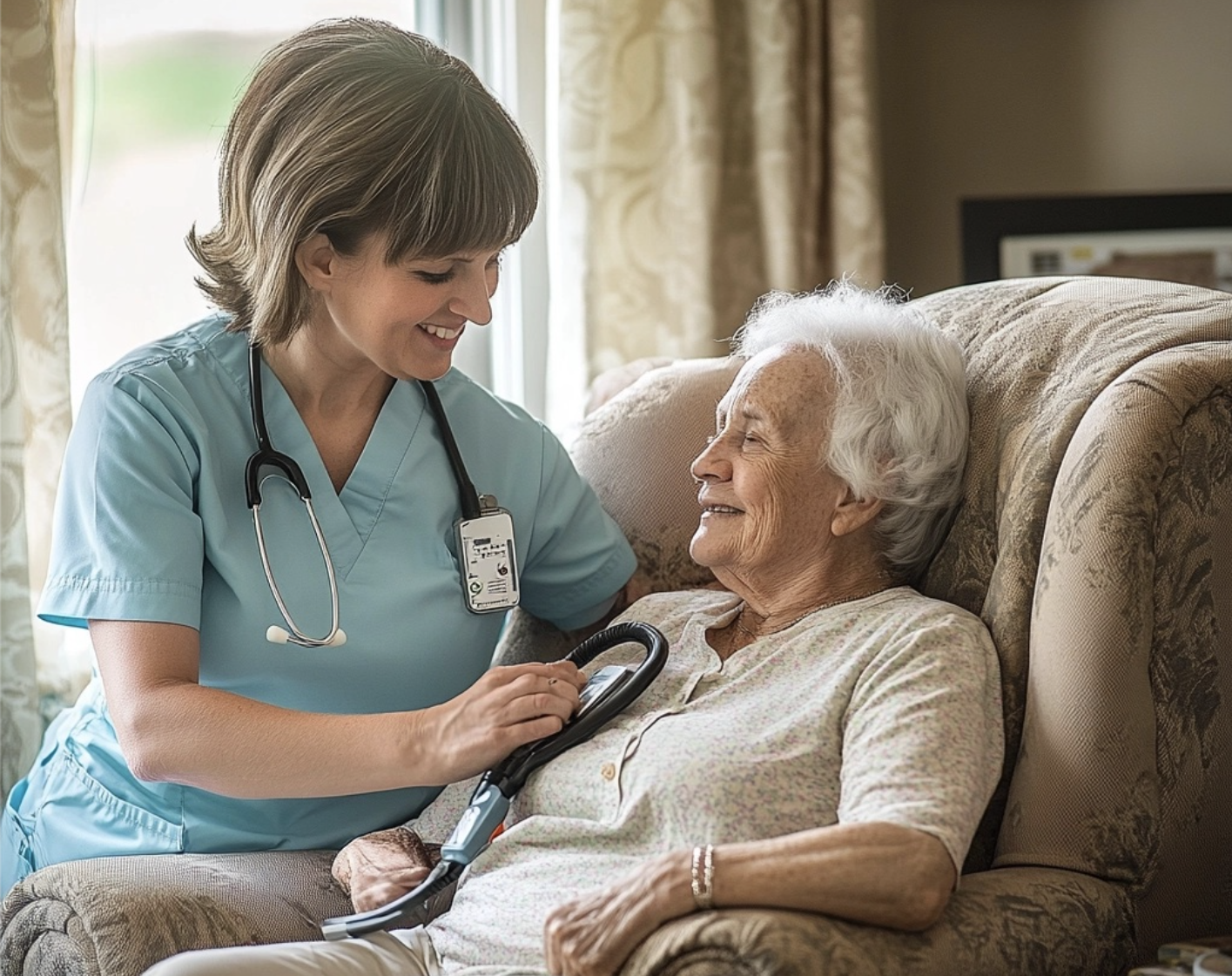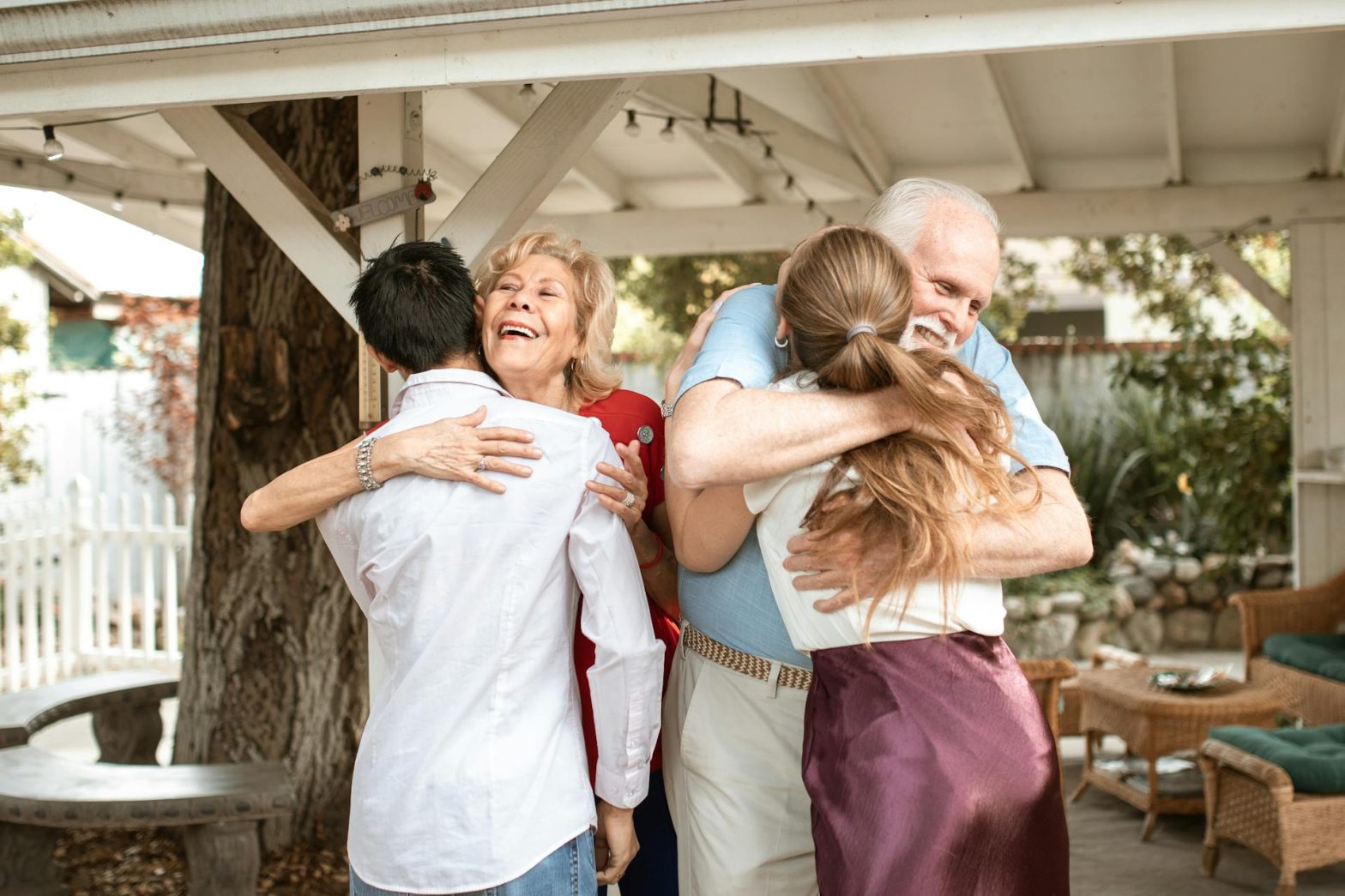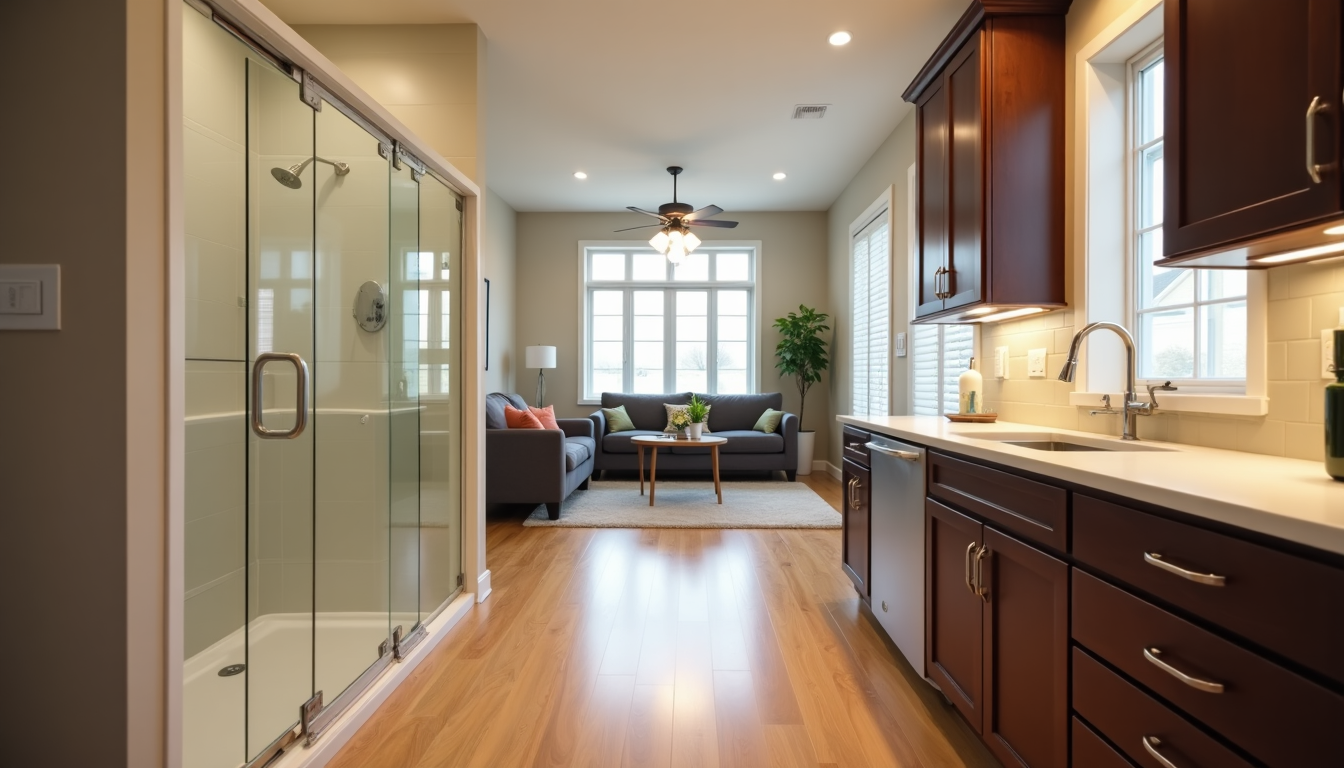Family caregivers face mounting pressure balancing elder care responsibilities with work and personal life demands. The National Alliance for Caregiving reports 53 million Americans now provide unpaid care to an adult family member or friend.
Senior caregiver services offer critical support systems for families managing elder care. The Department of Health and Human Services data shows caregiver stress leads to increased rates of anxiety, depression and chronic health conditions among family care providers. Local programs like the Aging & Disability Resource Connection provide aging-related resources and referrals, while respite care services allow primary caregivers essential breaks from care duties.
Recent studies indicate proper caregiver support significantly reduces burnout rates and improves care quality for aging adults. This guide examines key factors in selecting appropriate care services, from assessing individual needs to evaluating provider qualifications and specialized programs designed for aging adults.
Understanding Senior Care Needs
The Centers for Disease Control and Prevention (CDC) reports one in four older adults experiences falls each year, signaling a critical need for professional care assessment. Physical decline often manifests through unsteady walking, difficulty rising from chairs, or using furniture for support while moving.
Mental health statistics show 15-20% of Americans over 65 face depression. The National Institute on Aging data reveals cognitive changes frequently appear through challenges with financial management, medication handling, or daily decision-making.
Healthcare providers evaluate two key categories of self-care abilities. Activities of Daily Living (ADLs) cover basic tasks like bathing and dressing, while Instrumental Activities of Daily Living (IADLs) encompass complex functions such as managing finances and maintaining households.
Medical professionals identify several warning indicators for enhanced care needs:
- Declining personal hygiene or home cleanliness
- Unexplained bruising or repeated falls
- Medication management issues
- Social isolation patterns
- Significant weight changes
The Department of Health and Human Services reports 94.9% of adults aged 60 and older live with at least one chronic condition, while 78.7% manage multiple conditions. Federal health data shows 42% of seniors face obesity-related challenges, impacting their ability to function independently.
Geriatric care assessments measure physical, cognitive, and emotional health markers to determine appropriate support levels. These evaluations help identify specific assistance needs while preserving senior independence. The American Geriatrics Society recommends early intervention through senior care services to maintain quality of life and prevent rapid decline.
Types of Senior Caregiver Services
The U.S. Department of Health and Human Services reports five main categories of senior care services, each targeting different levels of assistance needs. Recent market data shows dramatic shifts in how families access these services.
In-home care remains the most requested option among American seniors, the National Institute on Aging reports. Professional caregivers provide personal assistance with bathing, dressing, meal preparation, and medication management. Genworth Financial projects the national median cost for homemaker services at $72,820 annually.
Assisted living facilities combine housing with daily support services. These centers provide meals, housekeeping, laundry services, and personal care assistance. California Department of Social Services data shows monthly costs average $6,000 statewide, ranging from $1,420 for Supplemental Security Income recipients to over $10,000 for premium care.
Memory care facilities focus exclusively on dementia and Alzheimer’s support. Security features include locked entrances, keypad entries, and specialized therapy programs. The National Investment Center for Seniors Housing & Care reports the sector grew 84% between 2013-2023, reaching 162,100 units nationwide.
Adult day care centers operate during business hours, offering two distinct programs. Social centers focus on activities and companionship, while medical models provide health monitoring and therapy. Services typically include exercise classes, health screenings, and therapeutic programs.
Residential Care Facilities for the Elderly (RCFEs) serve adults 60 and older needing non-medical assistance. State regulations require these facilities to provide medication oversight, personal care, and structured activities. Licensed dementia units must maintain specially trained staff and enhanced security measures.
Evaluating Care Service Providers
The Centers for Medicare & Medicaid Services (CMS) Five-Star Quality Rating System measures nursing home performance through health inspections, staffing levels, and quality metrics. Federal data shows facilities scoring four or five stars demonstrate significantly lower resident injury rates.
State licensing boards require home care agencies to meet strict regulatory standards. The National Council of Certified Dementia Practitioners (NCCDP) certification signals specialized training in age-related cognitive decline. Healthcare analysts recommend seeking providers whose staff hold Certified Senior Advisor (CSA) credentials, indicating validated expertise with older adults.
The U.S. Department of Labor reports in-home care costs average $30 per hour nationwide. Medicare coverage excludes most non-medical services, though Medicaid’s Home and Community-Based Services programs often fill these gaps. The Department of Veterans Affairs offers additional support through various assistance programs.
The Program of All-inclusive Care for the Elderly (PACE) coordinates both acute and long-term care needs. Healthcare teams monitor residents through regular assessments, tracking changes in physical and cognitive function. Federal oversight requires PACE providers to maintain specific staff-to-patient ratios and specialized training certifications.
Home Care Pulse’s quality monitoring system surveys 10% of clients and caregivers monthly. Their evaluations measure staff performance across multiple metrics including reliability, skill level, and patient interaction. Industry experts recommend reviewing provider termination policies, background check procedures, and care plan customization options before finalizing service agreements.
Conclusion
Federal healthcare data shows 70% of adults over 65 will require some form of long-term care services. The National Institute on Aging reports successful care arrangements depend heavily on matching services to specific physical and cognitive needs.
The U.S. Department of Health and Human Services tracks five primary categories of senior care, from basic in-home assistance to specialized memory care facilities. Medicare data reveals combining multiple service types often provides the most effective support structure. The Centers for Medicare & Medicaid Services recommends families evaluate provider credentials, facility ratings, and available funding sources before finalizing care decisions.
Recent studies from the National Center for Health Statistics show seniors receiving properly matched care services maintain independence longer. The Administration for Community Living reports early planning and thorough provider evaluation correlate strongly with better health outcomes. Healthcare analysts recommend families document facility visits, interview current clients, and review state inspection records when selecting care providers.
FAQs
Q1. What are the signs that indicate a senior needs caregiver services? Key signs include changes in personal hygiene, difficulty managing medications, unexplained bruising or frequent falls, social withdrawal, and noticeable weight loss or poor nutrition. These indicators suggest a need for professional care assessment.
Q2. What types of senior caregiver services are available? Senior caregiver services include in-home care, assisted living facilities, memory care centers, adult day care, and Residential Care Facilities for the Elderly (RCFEs). Each option caters to different levels of care needs and preferences.
Q3. How can I evaluate the quality of a senior care service provider? You can evaluate providers using the Five-Star Quality Rating System, checking for proper accreditation and certifications, and reviewing caregiver qualifications. Additionally, consider using independent rating services like Home Care Pulse for unbiased assessments.
Q4. What financial options are available for senior caregiver services? While Medicare generally doesn’t cover non-medical care, Medicaid often provides coverage through Home and Community-Based Services programs. Veterans may qualify for VA benefits, and the Program of All-inclusive Care for the Elderly (PACE) offers comprehensive coverage for both acute and long-term care.
Q5. How do I choose the right type of care for my elderly loved one? Choosing the right care involves assessing your loved one’s physical and mental health needs, considering their preferences for independence, evaluating different care options, and matching these with available financial resources. A geriatric care assessment can help determine the most appropriate level of support.




